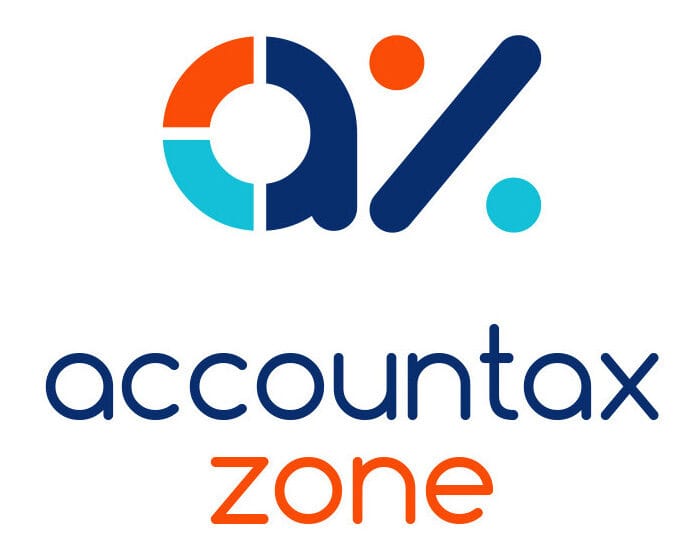Employees often use their own cars for business journeys and receive a mileage allowance from their employer to cover fuel and associated costs, such as insurance and wear and tear. The tax implications of these payments are governed by the approved mileage allowance payments (AMAPs) scheme, which sets the tax-free limit. This scheme does not apply to employees with company cars.
The scheme
Under the AMAP scheme, an employer can make tax-free mileage payments to an employee using their own vehicle for business journeys up to the ‘approved amount’. This is found by multiplying the business mileage for the year by the approved mileage rate for the type of vehicle. The calculation is performed for the tax year as a whole, rather than per journey.
The approved rates are shown in the table below.
| Type of vehicle | Approved rate |
| Cars and vans | First 10,000 business miles in the tax year: 45p per mile.Subsequent business miles: 25p per mile |
| Motorcycles | 24p per mile |
| Cycles | 20p per mile |
Example
John drives 12,000 business miles in the tax year using his own car. The approved amount is £5,000. This is 10,000 miles @ 45p per mile plus 2,000 miles @ 25p per mile.
Maximum tax-free amount
The approved amount is the maximum amount that can be paid tax-free. This is the case even if actual costs exceed the approved amount.
Paying more than the approved amount
Where the amount paid for the tax year exceeds the approved amount, the tax implications are that the excess is taxable. It is important to note that the calculation is performed for the tax year as a whole, rather than for each journey individually. Consequently, if a payment for a journey exceeds the approved rate, there will be no tax implications if the total payments for the year remain within the approved amount.
Example
Shay drives 10,200 miles in the tax year and is paid a mileage rate of 30p per mile. The final journey in the tax year is a journey of 150 miles for which Shay is paid a mileage payment of £45 (150 miles @ 30p per mile). As he has already driven 10,000 miles, the approved rate for that journey is 25p per mile.
However, for the year as a whole, the approved amount is £4,550 (10,000 miles @ 45p per mile plus 200 miles @ 25p per mile). As the mileage allowance payments made to Shay in the year of £3,060 (10,200 miles @ 30p per mile) are less than the approved amount, the payments can be made tax-free. It does not matter that the rate paid for the final journey was above the approved rate.
However, had Shay been paid a mileage rate of 50p per mile, the mileage payments made for the year of £5,100 would exceed the approved amount of £4,550, and the excess of £550 would be taxable.
Paying less than the approved amount
If the employer pays less than the approved amount, the employee can claim tax relief for the shortfall. Likewise, if the employer does not make mileage allowance payments, the employee can claim tax relief for the approved amount.
National Insurance
A similar scheme applies for National Insurance, but rather than being calculated for the tax year as a whole, the NIC-free amount is calculated separately for each earnings period. Also, for NIC purposes, a NIC-free rate of 45p per mile applies for cars and vans irrespective of the number of business miles in the tax year.
You might also like to read: Tax implications of employer-provided vans
Partner note:










